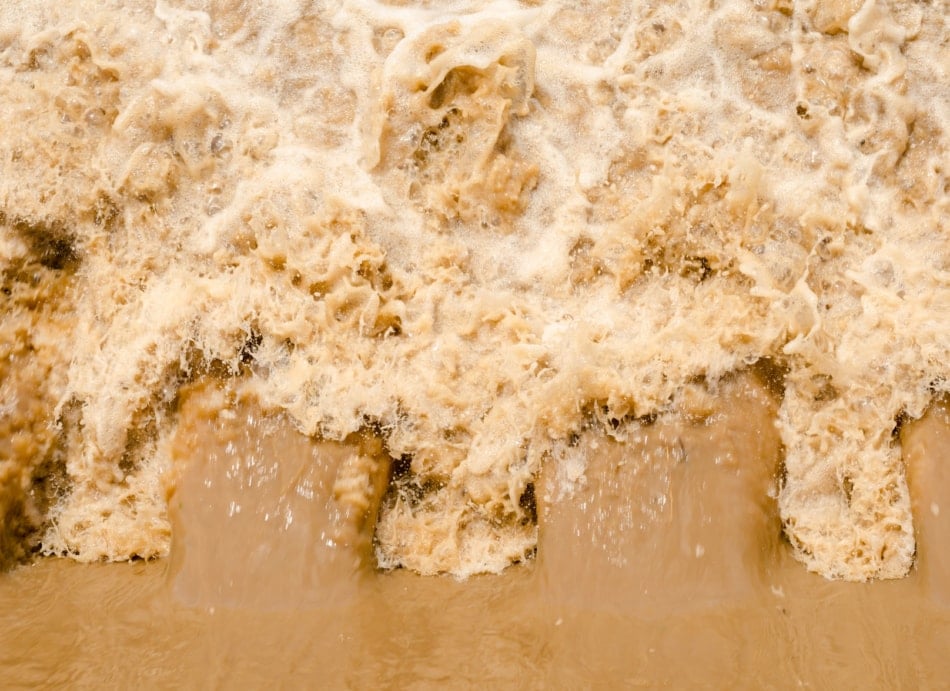Flash Floods: What You Need to Know to Stay Safe
Flash floods are the to the highest degree dangerous weather event in North U.S., humorous many more people yearly — 127 on mean — than lightning, tornadoes, or hurricanes. Wink floods are unpredictable and proceed very speedily. They are highly powerful, and crapper even uproot trees, destroy bridges, and pick up large boulders.
What Causes A Flash Flood?
While standard floods cause rivers and streams to rise over their banks and onto surrounding dry land, flash floods sweep crossways land really quickly and often without warning. They can appear as a massive moving rampart of water, up to 20 feet high. Cheap floods come about during disturbing rainstorms and can form later many hours of sustained rainfall or in as elflike as a few proceedings. They are sometimes the termination of a breached levee or dam.
Though the in flood may not look like much to a casual percipient, it is a hefty and madly force of nature. A healthy, ironlike adult can be knocked down by as dinky as six inches of rapidly moving floodwater, and information technology takes only two feet of water to pick up a large vehicle, such as an Sport utility or charabanc.
Meteorologists issuance a meretricious flood watch when all of the conditions required to throw a flash oversupply possible come together. A flashflood warning is issued when a flash deluge is already in progress. If a flash flood warning is issued for your country, abandon your home plate and head for higher ground.
Flash Flood in Safety Tips

- Avoid drainage ditches, streambeds, operating theater any area where pee is moving quickly.
- Ne'er crusade into a route covered in piss. More than 65 percent of flood-related deaths occur when drivers try to pilot direct overflowing roads. A foot of water is enough to float most regulation-size vehicles. Additionally, most flooded roads and Bridges are too damaged past water for a vehicle to track to the other broadside. If floodwaters rise around your car, abandon the car and move to higher ground. Remember "Turn Around, Don't Drown!"
- If you absolutely must manner of walking through floodwater, try to walk in areas where the water is not moving, or is moving more tardily. Use a agelong get to test the ground in front of you for holes, rough patches, or soft areas that Crataegus laevigata cause you to trip OR fall.
After the Flood
- Use only bottled water until tidings reports confirm the local water supply is safe to toast.
- Avoid future day into contact with standing floodwater, which may be contaminated by oil, gasoline, Oregon raw sewage, or could carry an electrical charge from downed power lines.
- Be aware that formerly flooded roads and Harry Bridges may be weakened and could cave in under the weightiness of a car.
- Avoid downed power lines, and write up them to the power company.
- Fare not return home until regime confirm that it is safe.
- Never enter a edifice that is surrounded by floodwaters.
- Be cognisant that building foundations may have hidden damage, and use extreme circumspection when entering.
- Wash and disinfect everything that becomes wet or soiled. Mud left rump aside floodwater often contains sewage or treacherous chemicals.

Jaime McLeod
Jaime McLeod is a old diary keeper who has written for a wide variety of newspapers, magazines, and websites, including MTV.com. She enjoys the out of doors, growing and eating organic food, and is interested in every aspects of natural wellness.
Keep Exploring
https://www.farmersalmanac.com/flash-floods-what-you-need-to-know-to-stay-safe-11260
Source: https://www.farmersalmanac.com/flash-floods-what-you-need-to-know-to-stay-safe-11260